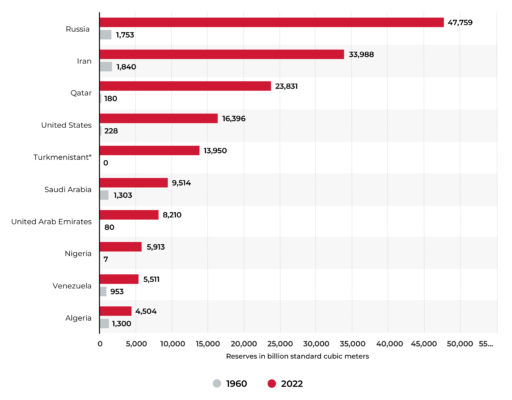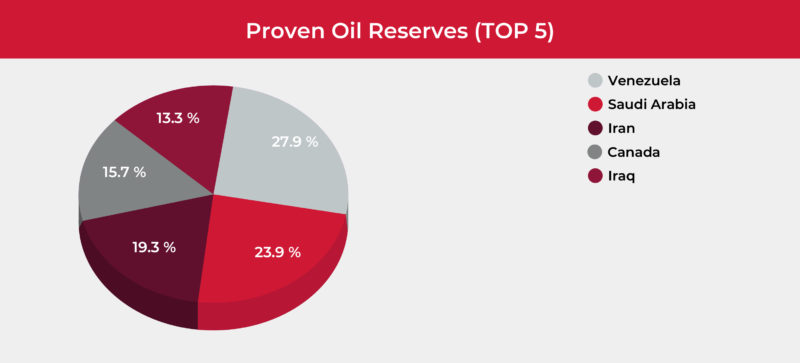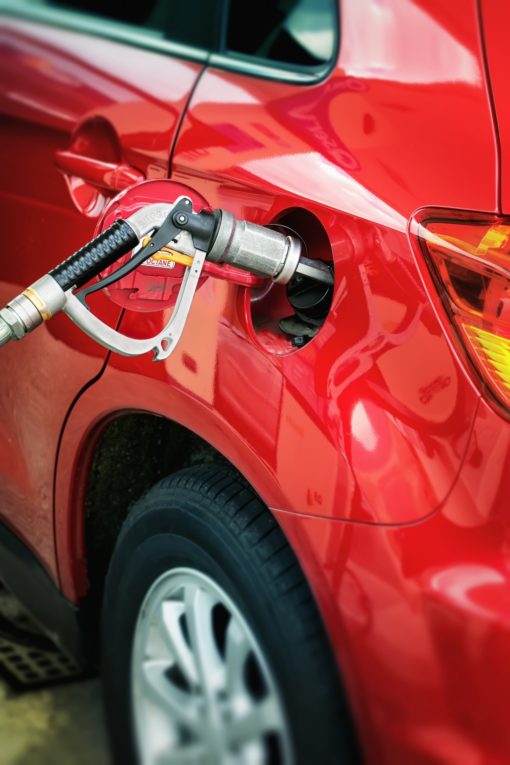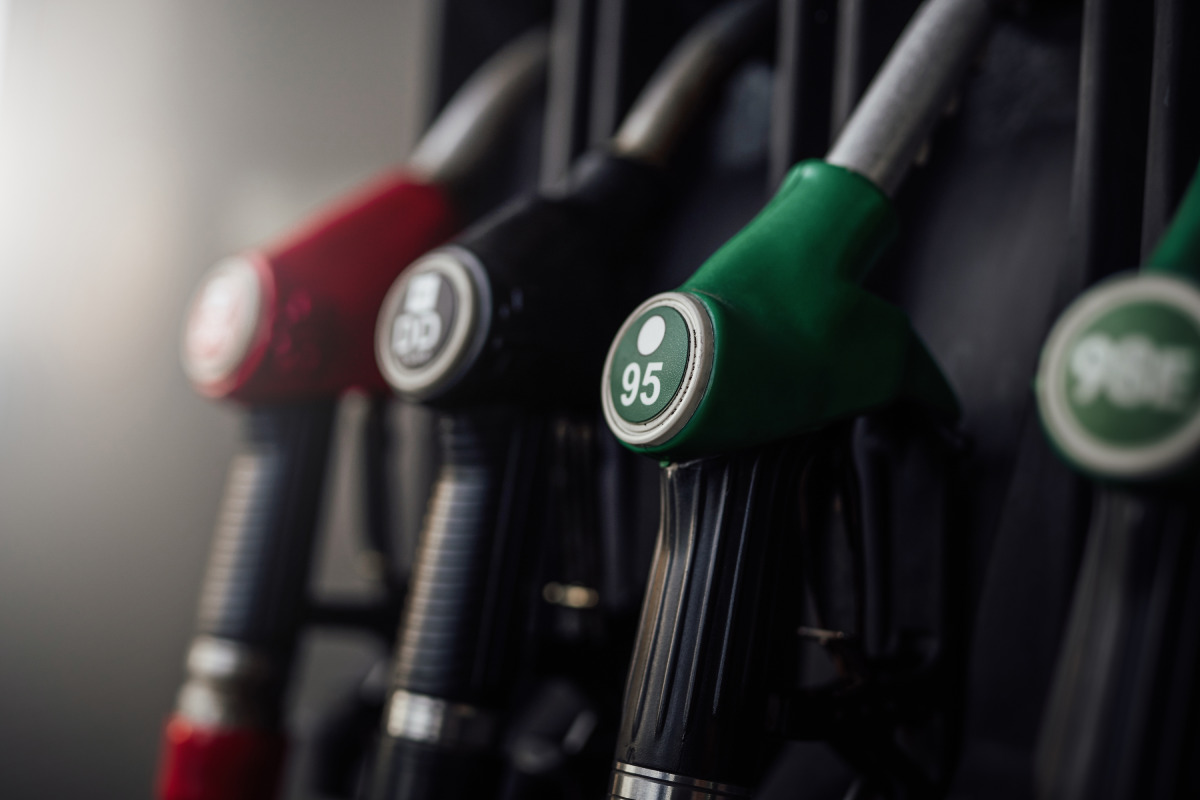Natural gas is one of Earth’s most widespread and demanded primary energy carriers. In 2024, global gas demand is forecast to grow by 2.5%, or 100 billion cubic meters (bcm), according to the forecast of the International Energy Agency.
This energy carrier, unique in its ecological and economic properties, is effectively used for producing heat and electricity, cooking, lighting, and as a fuel for vehicles and stationary engines.
What is the natural gas?
Natural gas is primarily of organic origin. It is a mixture of hydrocarbon gases, mainly methane (up to 98%), with trace amounts of other gases such as ethane, propane, butane, and nitrogen. Natural gas is considered a cleaner-burning fuel than coal and oil, as it produces fewer greenhouse gas emissions when burned.
It took hundreds of millions of years, high temperatures, enormous pressures, and a lack of oxygen to form fossil fuels.
Methane (CH4) is colorless, odorless, lighter than air, chemically inactive, and quickly dissolves in gaseous and liquid media, such as air, water, or oil. It is commonly found alongside other fossil fuel reserves. Specifically, associated gas is located near oil deposits, coal bed methane (firedamp) is found within coal reserves, and marsh gas is produced in swampy areas.
The shale gas boom and easier access to new and vast natural gas supplies have led US shale gas production to soar dramatically since 2007 and become widespread nationwide.
Natural gas can be artificially produced through various methods. Biogas, for instance, is derived from sewage (sewage gas), landfills (landfill gas), and livestock and poultry farms. Additionally, there are several technologies for synthesizing gas artificially, contributing to the diversification of natural gas sources. These methods offer alternative and sustainable approaches to harnessing gas for energy purposes.
What is the reserve of oil and gas?
There is no consensus on the world’s oil and gas reserves. Various methods are used for calculations. In general, the assessments of specialists from multiple organizations are pretty close.
According to Statista, here are the leading countries by proved natural gas reserves worldwide in 1960 and 2022:

Oil and gas reserves are distributed very unevenly across countries around the world. Certain countries possess larger oil reserves; some have more significant natural gas deposits, while others have a diverse mix of both resources.
The question of how long the reserves of certain minerals will last also does not have an unambiguous answer. It is necessary to consider the actual volume of reserves in different categories, the level of production, demand and its change over time, and other parameters.
According to Worldometers, there are 1.65 trillion barrels of proven oil reserves worldwide as of 2016. The world has proven reserves equivalent to 46.6 times its annual consumption levels. This means it has about 47 years of oil left (at current consumption levels and excluding unproven reserves).
At today’s production levels, the world’s provision of hydrocarbon reserves based only on proven resources is, on average, about 50–55 years for oil and up to 60 years for natural gas. Natural gas reserves include only traditional resources that do not have slate gas or other sources.

Can gas be used as fuel?
The widespread availability of natural gas and its environmental and economic qualities have successfully made it possible to use it as a fuel in the transport sector. Two natural gas-based energy carriers are used as motor fuel: compressed natural gas (CNG) and liquefied natural gas (LNG).
CNG and LNG are “siblings”, but they have different characteristics. More precisely, physical and chemical properties. These differences determine the design features of gas vehicle engines, onboard fuel storage systems, and filling stations.
Liquefied petroleum gas (LPG) fuels are also widely used worldwide. LPG is a mixture of propane and butane, and natural gas is based on methane. LPG is often called “propane”, while CNG and LNG are often called “methane”. In some countries, propane is called “car gas = autogas”.
Methane is lighter than air and dissolves quickly in the air when leaked. Propane is heavier and tends to sink to the ground. It can fill technological wells and service pits in garages and form explosive mixtures with air. One spark is enough to cause an explosion.
Benefits of gas in transport
- A quick and cost-effective solution for meeting EU objectives in decarbonizing road transport and improving air quality
- Lower GHG emissions compared to other hydrocarbon fuels, with virtually no pollutants emitted
- Lower total cost of ownership for vehicles fueled by natural gas than conventional fuels
- Available in compressed natural gas (CNG) and liquefied natural gas (LNG) for various vehicle types
- Increasing adoption in the shipping industry due to low sulfur emissions
- Synergies with biomethane, synthetic gas, and renewable energy sources for quasi-carbon-neutral mobility
How is natural gas environmentally friendly?
Using natural gas is one of the key and most effective solutions to combat climate change and improve air quality. It is the most commercially viable solution for the transport sector. Transport accounts for more than a third of CO2 emissions from end-use sectors. Using CNG and LNG is a viable solution to instantly reduce emissions of greenhouse gases and particulate matter into the atmosphere.
A 2017 study that assessed the environmental impact of natural gas using a well-to-the-neck approach found that CNG could reduce greenhouse gas emissions in passenger cars by 23% compared to gasoline and 7% compared to diesel. For heavy trucks, the emission reductions are even more impressive: 16% compared to diesel.
Considering emissions beyond greenhouse gases, opting for a methane-powered car becomes even more appealing. Utilizing natural gas in an engine leads to a 95% decrease in particulate matter and a 70% reduction in nitrogen oxides compared to diesel and gasoline, even within specified limits.
Strict EU environmental standard “Euro 6”: Comparison of emissions from internal combustion engines running on CNG, gasoline, and diesel
The emissions from using natural gas are free from other harmful and carcinogenic particles.
Even when considering unregulated emissions like gases with ozone-depleting potential and aldehydes, natural gas emerges as the optimal fuel for improving urban air quality. Additionally, in maritime transport, natural gas is the optimal solution for lowering sulfur oxide emissions.
Research by “Naby” estimates that cruise ferry passengers can be exposed to air pollution levels 60 times higher than normal. Using LNG as a bunker fuel reduces potential harm to zero.
What are the benefits of natural gas in the environment?
- Cleanest-burning fossil fuel, contributing to a significant reduction in air pollution and greenhouse gas emissions nationwide
- Produces only half as much carbon dioxide and a fraction of other air emissions compared to coal, prompting a swift shift by electric utilities from coal to natural gas to address climate change and reduce air pollution
- Natural gas vehicles exhibit remarkable cleanliness, emitting 20 to 30% fewer carbon emissions and 50 to 95 percent fewer other common air pollutants than gasoline vehicles
- Demonstrates a major industry effort to enhance air quality in cities and towns (throughout the U.S.)
Gas can be ‘green’
The concept of “green” gas has emerged as a promising and environmentally conscious approach to energy production. As the world grapples with the challenges of climate change and seeks sustainable alternatives, the exploration of cleaner and more sustainable gas sources has become imperative.

CNG and LNG can be produced from a wide range of renewable energy sources using a variety of technologies:
- Biogas can be obtained using an anaerobic process from organic waste and biomass,
- In the process of gassing, organic waste with a high carbon content is converted into carbon monoxide, hydrogen, and carbon dioxide, from which synthetic gas is then obtained,
- In the “electricity to gas” process, surplus electricity from renewable sources is initially converted into hydrogen. Subsequently, mechanized processes are employed to transform this hydrogen into methane.
All “renewable” gas can be mixed with natural gas and used as fuel for transportation. Thus, even a tiny amount of “renewable” gas in the mixture can increase the positive effect on the environment. Using “renewable” gas can achieve zero CO2 emissions in the transport sector.
Through technological advancements and a growing commitment to renewable energy, gases such as hydrogen are proving they can be “green” by significantly reducing carbon emissions.
The shift towards green gas offers a multifaceted solution to the environmental concerns associated with traditional fossil fuels. Integrating green gas into existing infrastructure and industries showcases its adaptability and potential for widespread implementation.
As governments, industries, and communities worldwide strive to meet ambitious sustainability targets, developing and utilizing green gas technologies are crucial to achieving a low-carbon future.


 Hrvatski
Hrvatski